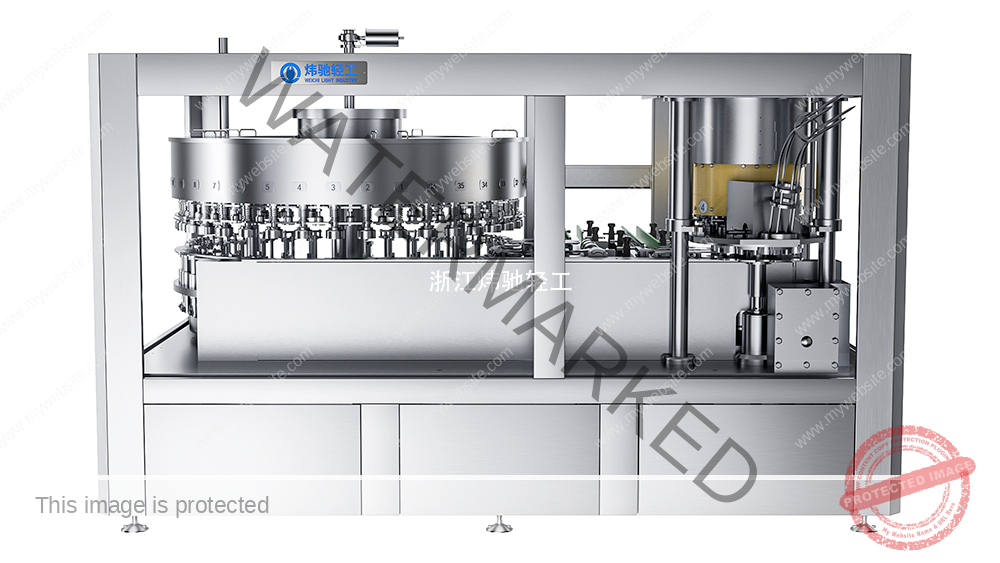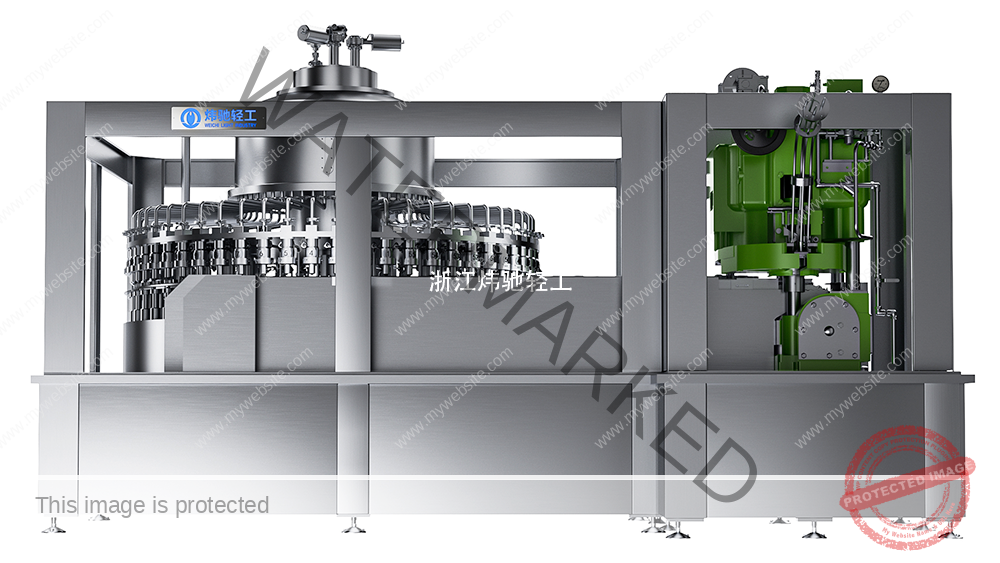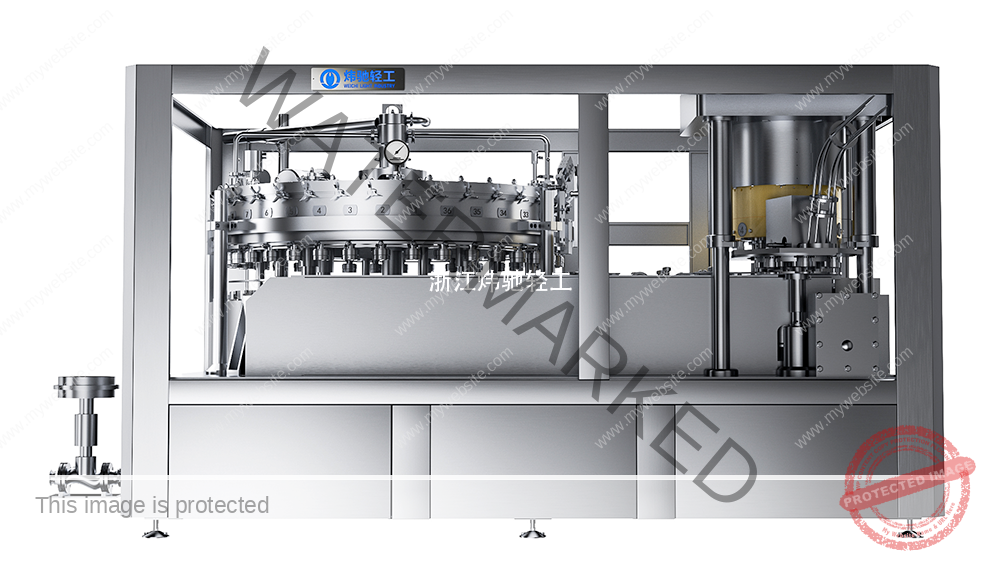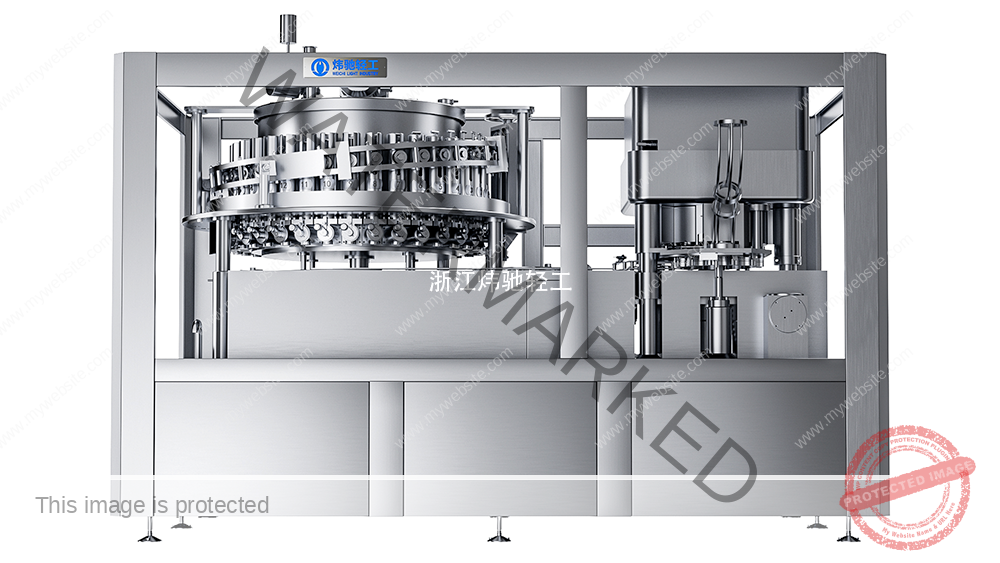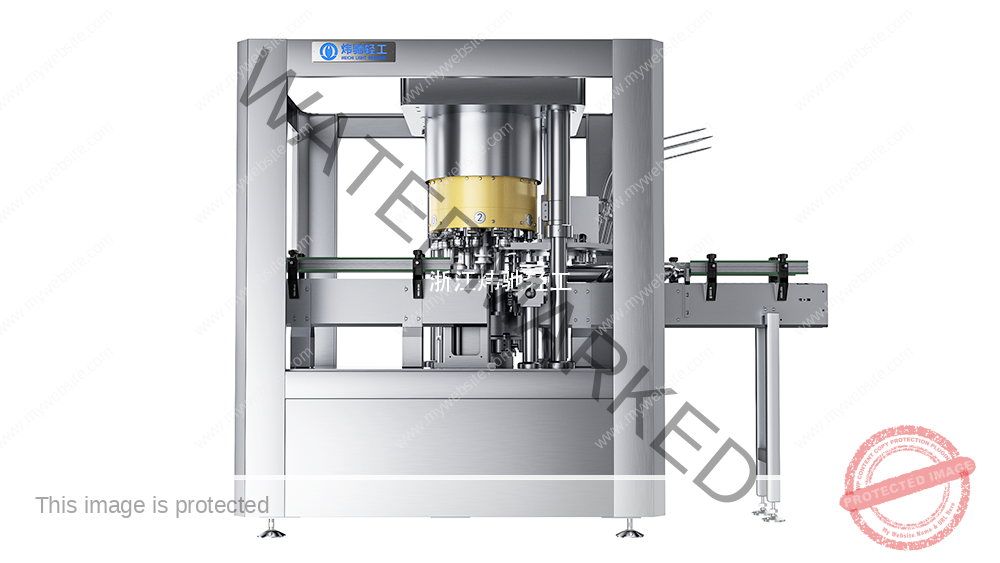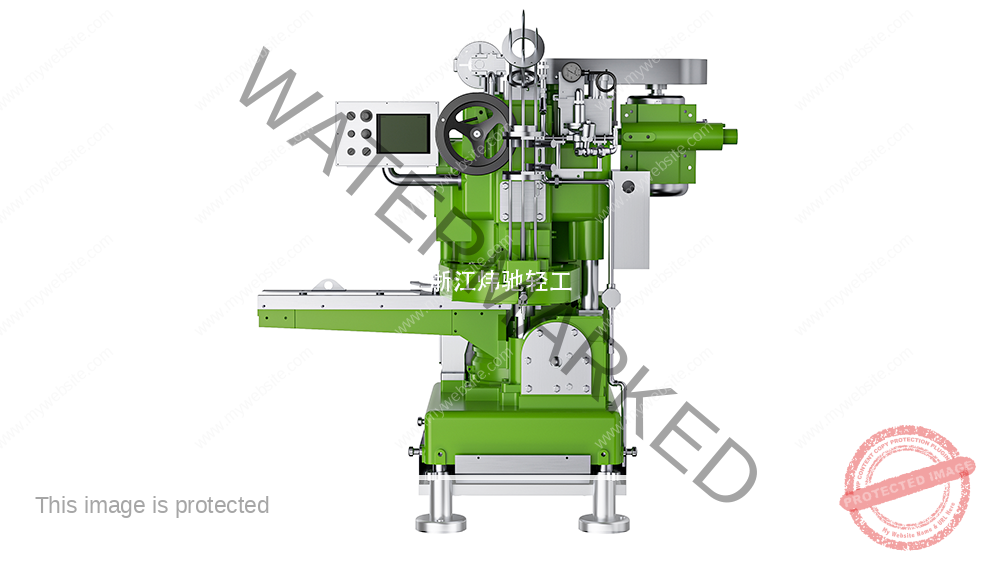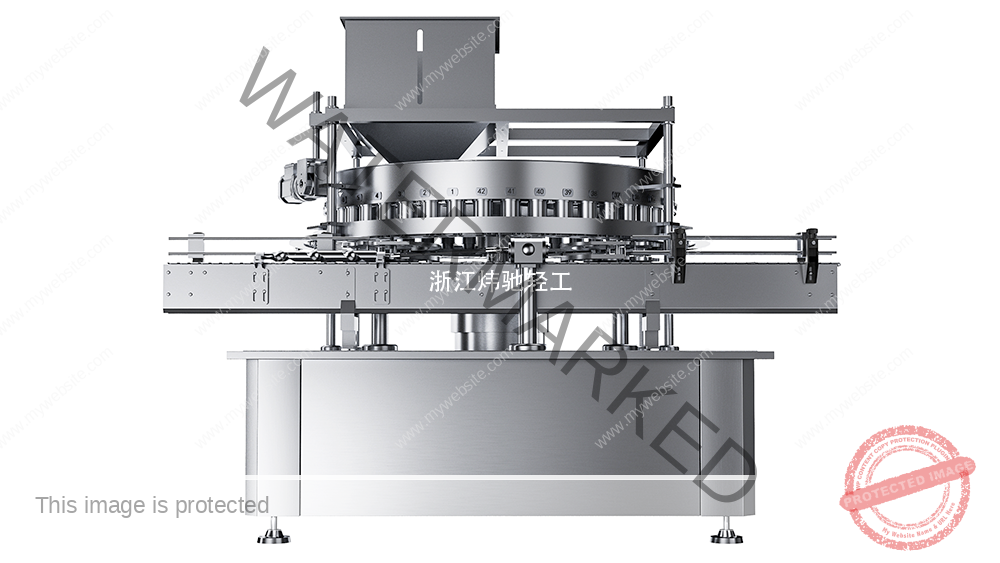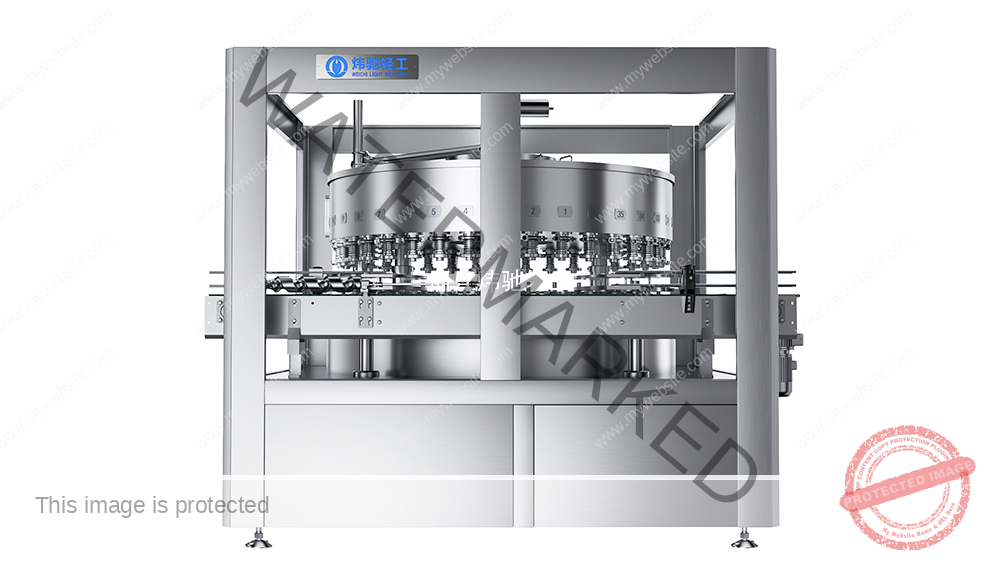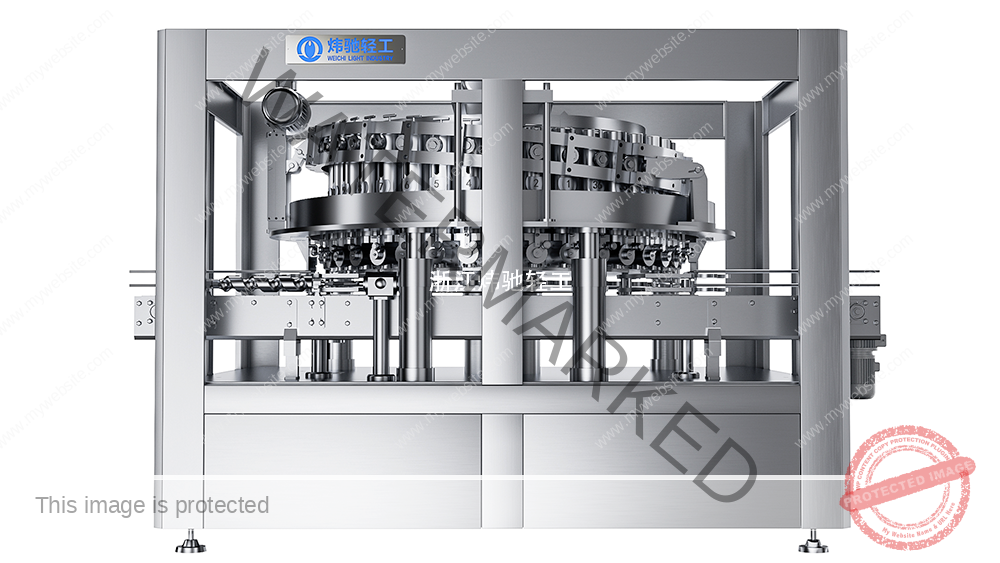As the beverage market expands and consumer demands for product quality increase, cans have become a popular packaging form. Can filling machines, as a crucial component of beverage production lines, have a direct impact on product quality and production efficiency. This article will delve into the can filling process, highlighting key steps and technical aspects involved.
1. Can Transportation
The first step in can filling is transporting the cans to the filling area. Typically, cans are conveyed to the filling machine's workstation using conveyor belts or rollers. During this process, it's essential to ensure the cans are correctly oriented and positioned for the subsequent filling operation.
2. Cleaning and Disinfecting
Before entering the filling area, cans usually undergo a cleaning and disinfecting process. This step ensures both the interior and exterior surfaces of the cans are hygienic, eliminating any potential contaminants that could spoil the beverage. Cleaning typically involves high-pressure water or spray disinfection to achieve thorough cleanliness.
3. Filling Beverage
Once the cans are cleaned and disinfected, they move to the filling area. Here, the cans are precisely positioned, and the filling machine automatically performs the filling operation. The machine uses pre-set parameters to inject the correct amount of beverage into each can. The filling method, whether pressing or injecting, is determined by the product's characteristics and requirements.
4. Sealing Packaging
After filling, the cans proceed to the sealing phase. In this step, the can's open top is covered with a seal to ensure product freshness and extend shelf life. Sealing methods like welding or crimping are used, generally ensuring a good seal to prevent leaks or contamination.
5. Quality Inspection
Finally, the filled cans are subject to quality inspection. This stage primarily checks the quality of the filled beverage to ensure it meets standard requirements. Quality inspections might include visual checks, weight tests, and seal tests to verify the product's safety and reliability.
Technical Highlights and Optimization Directions
In the process of can filling, several key technical points and directions for optimization include:
• Filling Accuracy: Enhancing filling accuracy and stability through precise measurement systems and flow control devices ensures consistent quality across all cans.
• Production Efficiency: Improving equipment structure and control systems to increase the efficiency and automation level of the production line, reducing production costs and energy consumption.
• Equipment Stability: Strengthening equipment design and quality management enhances the stability and reliability of the machinery, reducing the frequency of failures and maintenance costs.
Conclusion
The can filling process involves several crucial steps and technical aspects that significantly impact the quality and efficiency of beverage production. With continuous advancements in technology and evolving market demands, the process of can filling is expected to innovate and improve further, bringing new opportunities and challenges to the beverage industry.

